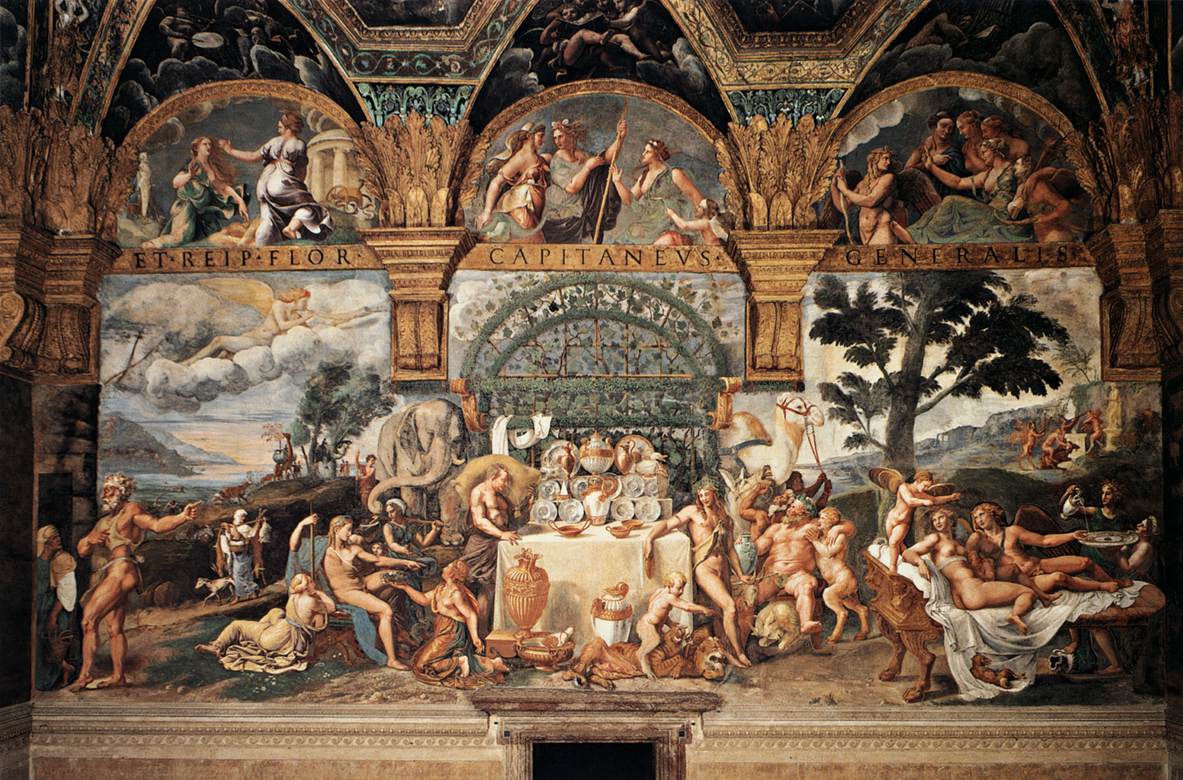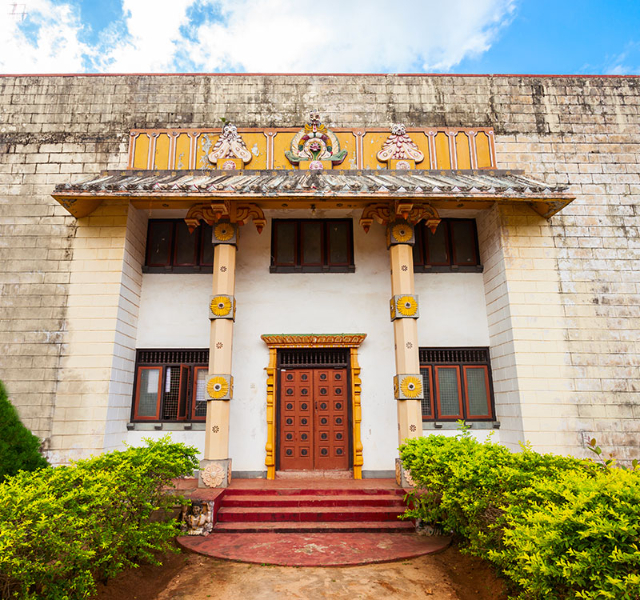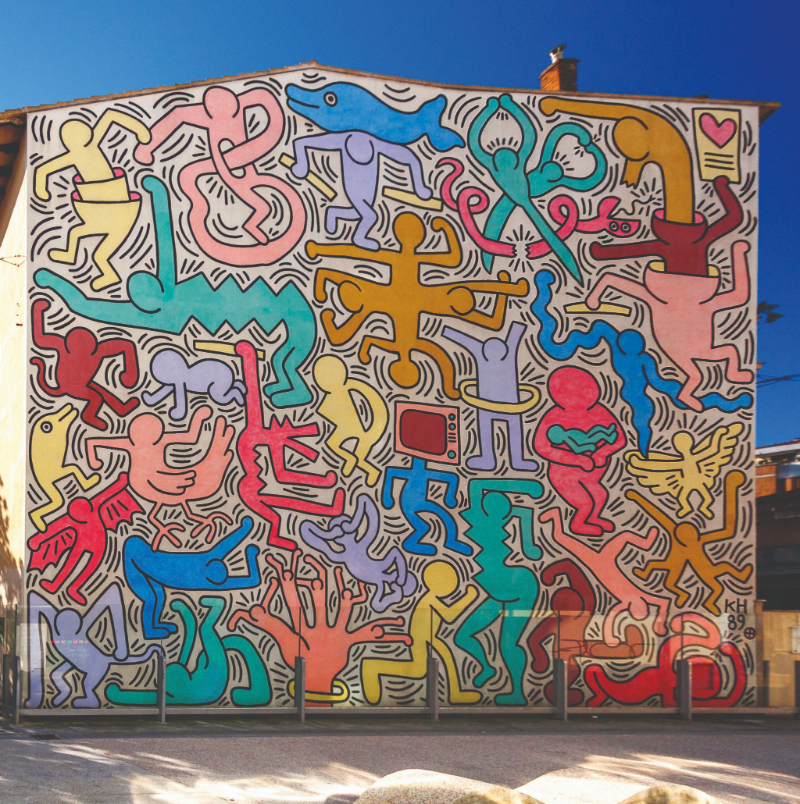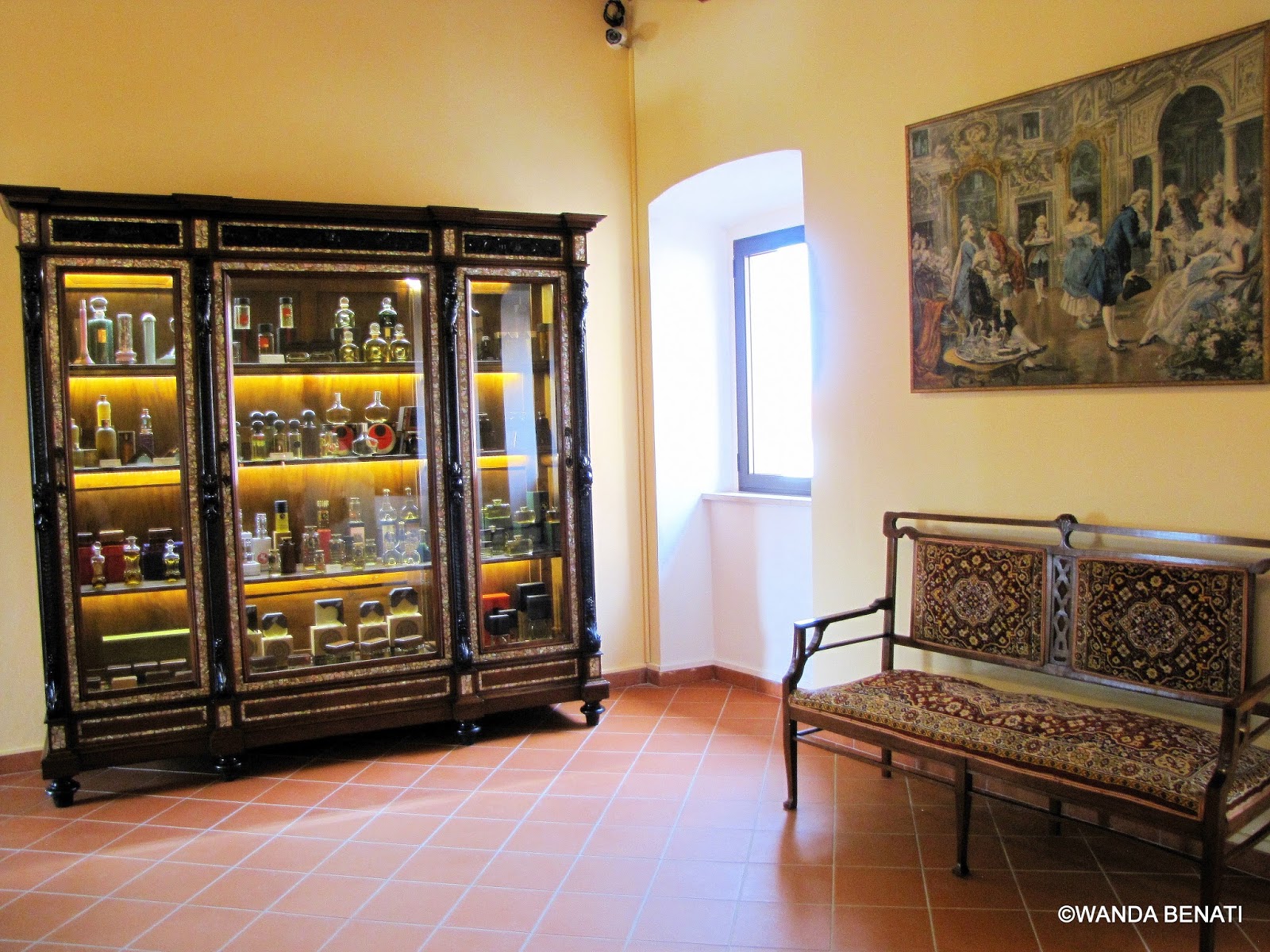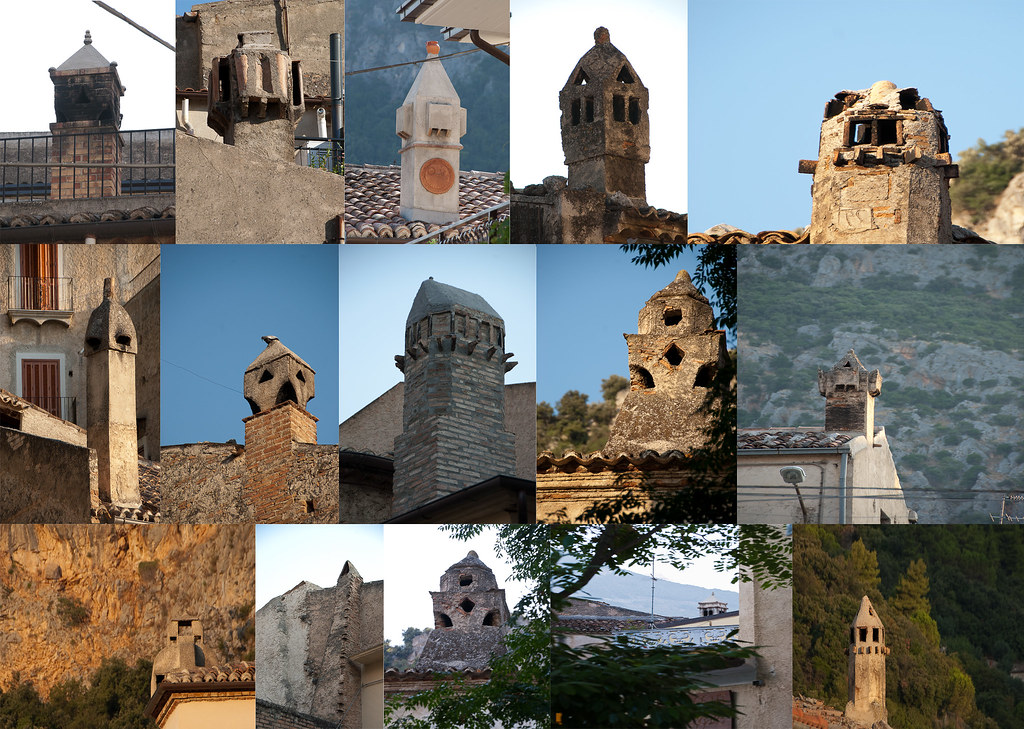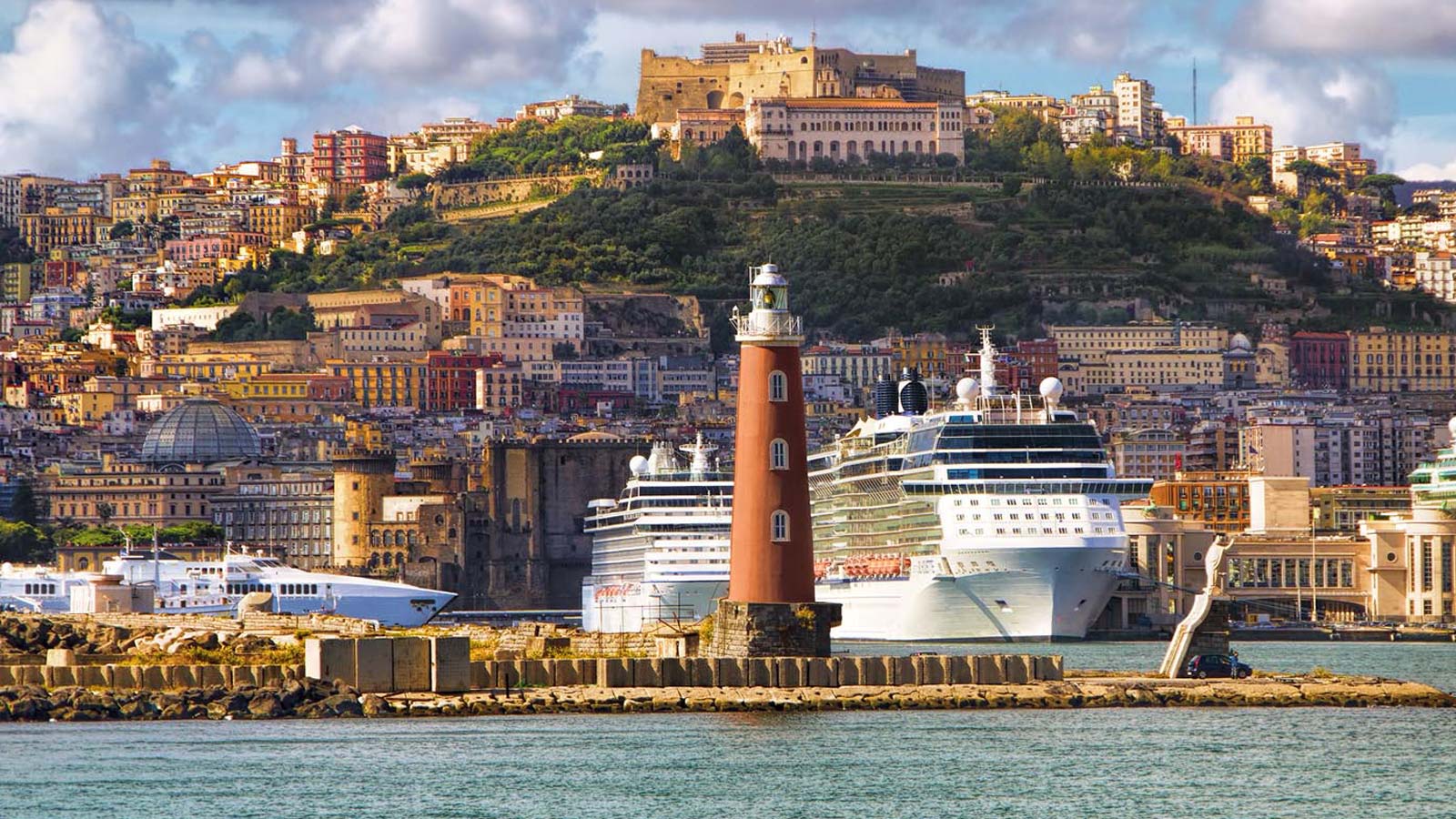The fresco on the southern wall of the Chamber of Cupid and Psyche is closely connected, in a logic of perfect continuity, with the one on the western wall. The two parts contribute to narrate in painting the wedding banquet of Cupid and Psyche. Unlike what happens in the lunettes and octagons of the ceiling, the episode narrated in this fresco is not precisely reflected in Apuleius’ text. Part of the critics have therefore tried to interpret the scene in the light of different sources. Verheyen (1977), for example, hypothesizes a possible dependence on Hypnerotomachia Poliphili. Amedeo Belluzzi (1998) retraces the compositional genesis of the frescoes, starting from two preparatory drawings preserved in Chatsworth, in the Devonshire collection, and offering comparisons with two engravings, one by Battista Franco (Paris, Bibliotheque Nazionale) and one by Diana Scultori (Rome, Istituto Nazionale per la Grafica), both deriving not from the definitive writing of the frescoes, but from preliminary drawings by Giulio Romano. The portion of the scene on the southern wall (which continues for a short stretch on the eastern wall) shows Vulcan on the left, in dialogue with an old woman, Apollo surrounded by female divinities, Dionysus and Silenus on the left of the cupboard, Amore and Psyche lying on a small bed, their daughter Voluptuousness leaning against her mother’s womb and, finally, Ceres together with another figure, sometimes interpreted as Juno. At the top left, among the clouds, is a winged figure, which Vasari identified as Zephyr. The scene includes secondary figures not characterized by iconographic attributes, some satyrs and a host of animans, many of them exotic (a couple of trigres, a camel, an elephant, a giraffe, a baboon and a lion). In the centre of the composition, under a luxuriant arched pergola, stands out the display sideboard, set with precious crockery. The fresco is painted on seventy-four different layers of plaster, one of which is on the east wall. The trace of the drawing of the figures has been reported on the surface of the plaster, taking great care to ensure that the signs were not visible and were hidden as much as possible under a rather full-bodied painting, rich in lime. Close observation made it possible to recognize traces of indirect engravings, then reinforced with direct engravings, especially on the left side of the fresco, on the figures of Vulcan, the woman with game, the half-distant nymph on the left of Apollo (especially in her dress) and on the drapery around Apollo’s right arm.
